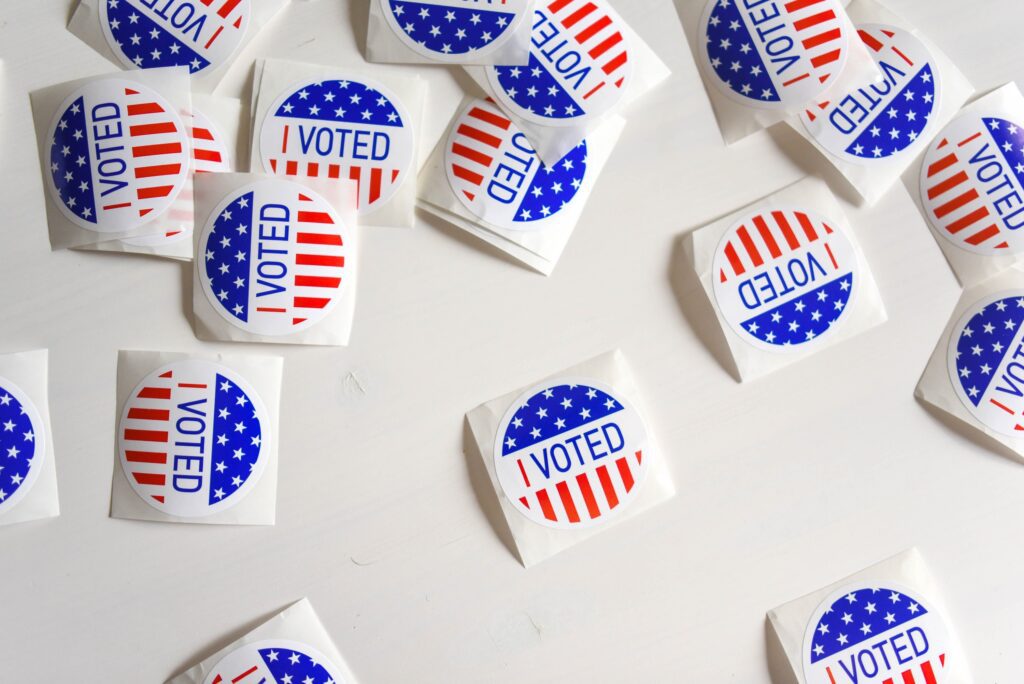The midterms are here. And while the days of knowing key race results the evening of Election Day seem to be long gone, it’s possible to go to bed on Tuesday (or early Wednesday) with some idea of the post-election political landscape, if you watch the right races. We spoke to a few Washington, D.C. insiders – experts from Akin Gump Strauss Hauer & Feld LLP, Subject Matter, Todd Strategy Group, and the Biotechnology Innovation Organization (BIO) – to find out which races to watch on November 8.
1. U.S. Senate: Watch Pennsylvania.
If you only watch one state, watch Pennsylvania.
In the race for Pennsylvania’s open Senate seat being vacated by Sen. Pat Toomey (R-PA), Republican Mehmet Oz (“Dr. Oz”) faces Democrat John Fetterman, a race that “will be a key indicator for the direction of the remainder of the evening,” said G. Hunter Bates, Partner at Akin Gump Strauss Hauer & Feld LLP. “If Republicans are ultimately victorious, we will know early that it will be a good night for other GOP candidates.”
“Democrats can’t win the Senate without one pick-up, and it’s the only one,” said Steve Elmendorf, Managing Partner & Co-Founder of Subject Matter.
“Biotech is losing a major champion in the Senate with Sen. Pat Toomey’s retirement, and while both Dr. Oz and John Fetterman have criticized biopharma companies for prices at certain points during the campaign, Fetterman has stated ‘we cannot stop’ at the Inflation Reduction Act and pledges to support additional anti-industry positions,” said Todd Strategy Group.
The race will impact biotech, given Pennsylvania’s robust biotech footprint and the role of the Senate in federal funding for science, added Elmendorf.
Pennsylvania is also a gubernatorial race to watch, noted BIO’s VP of State Government Affairs, Patrick Plues.
Additional Senate races to watch:
- Arizona: Blake Masters v. U.S. Sen. Mark Kelly (D)
- Georgia: “Relatively early in the evening, watch both the gubernatorial and Senate races in Georgia as precincts begin reporting,” said Todd Strategy Group. “Particularly, we are watching the spread between [incumbent Republican Gov. Brian] Kemp and [Democratic challenger Stacey] Abrams in the gubernatorial, relative to the spread between [Republican challenger Herschel] Walker and [incumbent Democratic Sen. Raphael] Warnock in the Senate race.”
- New Hampshire: If Don Bolduc (R) wins the Senate seat, it would be the first GOP win in more than a decade, meaning “the wave has become a tsunami,” said Bates. We could see returns around 9:30 pm or 10:00 pm Eastern.
- Nevada: U.S. Sen. Catherine Cortez Masto (D) v. former state Attorney General Adam Laxalt (R)
- North Carolina: “The Democrats always go into election day with a lead. The question is whether that lead can withstand the election day turnout that favors Republicans,” said Todd Strategy Group. “If Cheri Beasley (D) posts an (early-voter) lead of 140k or more, it will be a long night as we watch to see whether U.S. Rep. Ted Budd (R) can catch up.” Early-voting returns could come as early as 8:15 pm or 8:30 pm Eastern.
2. U.S. House: Watch Virginia and New Hampshire for signs of a ‘red wave.’
“Ultimately, the difference between Republicans gaining 25-30 seats and a landslide victory will lie in California and New York,” said Bates. “However, many key races in those states may not be called for days or even weeks.”
“In 2020, 42 states and Washington, D.C., had reported enough results for news organizations to project winners in the presidential race by about 3:00 am Eastern,” explains The New York Times. “But eight states took longer. Six of them—all but Alaska and Michigan—have competitive Senate races this year that could determine the balance of power in Congress.”
In the meantime, keep an eye on Virginia, where three Democratic Congresswomen—Rep. Elaine Luria (VA-2), Rep. Abigail Spanberger (VA-7), and Rep. Jennifer Wexton (VA-10)—face uphill Republican challenges. VA-2 and VA-7 could be among the first toss-up districts reporting results, with polls closing at 7:00 pm Eastern.
“If the GOP flips just VA-2 and VA-7, Republicans are likely to net about 30 seats. If Republicans only pick up VA-2, then the party is underperforming,” said Bates.
Similarly, keep an eye on New Hampshire, where races are competitive and early Republican victories could be signs of a “red wave.”
3. What about state races?
We checked in with Patrick Plues, BIO’s VP of State Government Affairs, to see what states the team is watching Tuesday. Here’s what he said:
- Gubernatorial races where the party in control could switch: Arizona, Maine, Michigan, New York, Nevada, Oregon, and Wisconsin – “Oregon and New York being the most significant.”
- Gubernatorial races in biotech-heavy states: California, Maryland, Massachusetts, and Pennsylvania. “Frankly, none of these gubernatorial races are competitive, and the Democrat candidates are heavily favored to win,” said Plues.
- State legislature races where party control could flip: Arizona, Minnesota, and Michigan.
4. ‘It’s the economy, stupid.’
Two of the three consultants quoted that famous James Carville line.
“Americans are focused on pocketbook issues and outweigh such issues over philosophical discussions on the status of democracy, which has been a theme of Democrats’ campaigns,” said Todd Strategy Group.
“Many of today’s voters cannot afford essentials like gasoline and groceries. Americans are extremely worried about persistent inflation and escalating crime,” added Bates. “As a midterm election year without Donald Trump on the ballot, this is not a ‘choice’ election, but rather a referendum on the current American economic environment.”
What does this mean for 2024? “The 2024 election is likely to turn on who sits at the top of the ticket for each party and whether the economy has fully recovered,” continued Bates.
Editor’s Note: All three insiders are consultants paid by the Biotechnology Innovation Organization (BIO).




